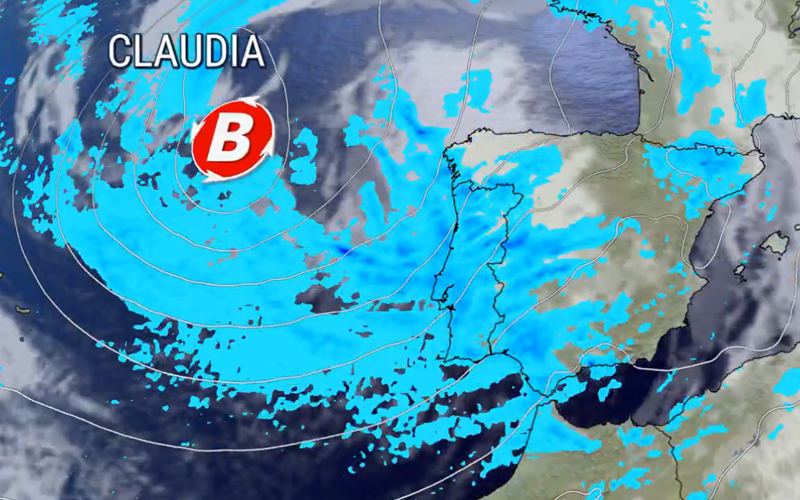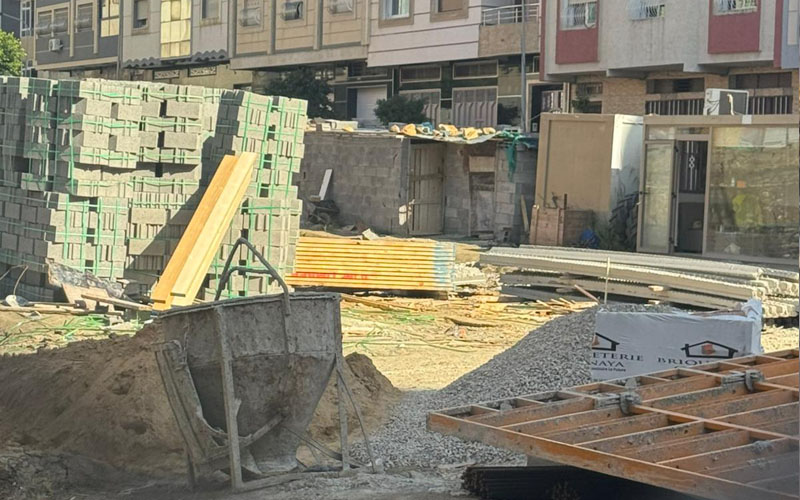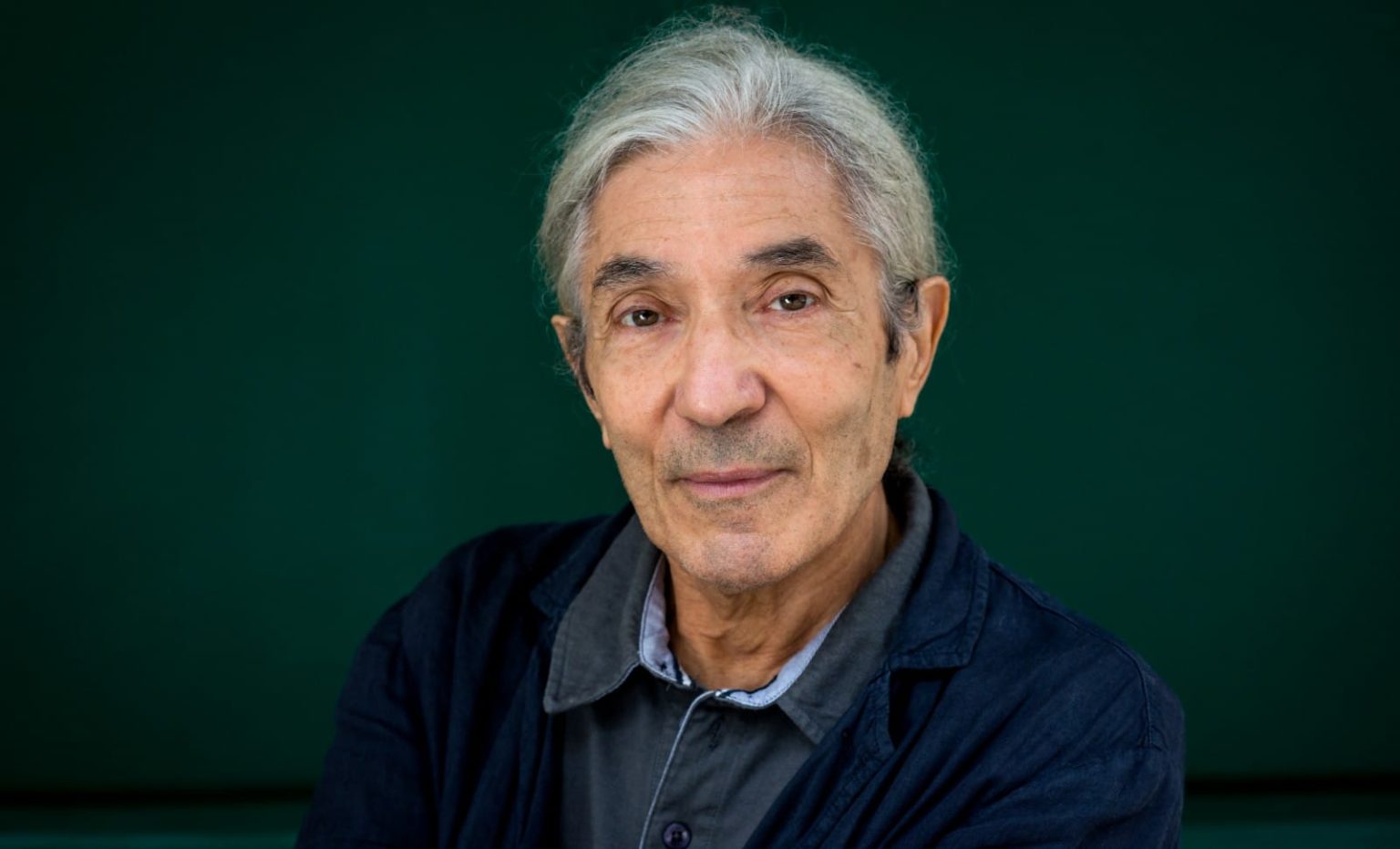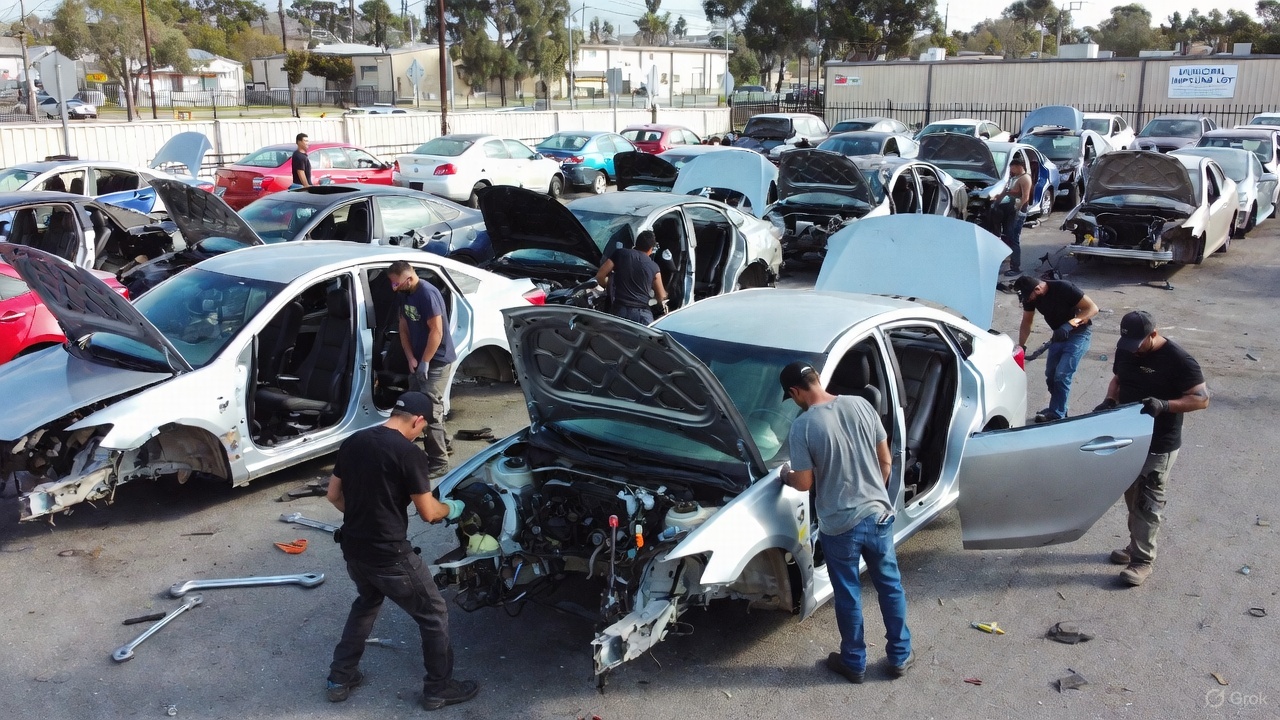With the onset of rain in the Atlas Mountains of Morocco at the beginning of this month, Lahcen Abarda, 72, hurried to reinforce the plastic sheeting of the tent he has lived in for the past two years.
Abarda, a victim of the 2023 earthquake that claimed nearly 3,000 lives, stated he had replaced the plastic coverings on his tent due to damage from sunlight and wind while still waiting for assistance to build a new home. He, a farmer residing in the tent with his two daughters, remarked, “I have lived in plastic tents since my house was destroyed, and whenever I ask, they tell me I will benefit later.”
### Investment in World Cup 2030 Stadiums
Two years after the 6.8 magnitude earthquake struck Morocco, many affected individuals are frustrated with the pace of recovery efforts. Critics highlight the contrast between these efforts and the rapid investments in stadium construction and infrastructure projects in preparation for the Africa Cup of Nations in December and the 2030 FIFA World Cup.
Last week, on the second anniversary of the earthquake, dozens of survivors organized a protest in front of the Moroccan Parliament in Rabat, demanding that the government handle reconstruction aid with the same seriousness as it addresses World Cup projects. They held signs with the names of villages destroyed by the earthquake and chanted slogans including “Where is the earthquake money? It went to festivals and VIPs.”
Montasser Ittri, a leader of the National Coordination of Earthquake Victims, stated, “We are pleased to see the biggest stadiums and highways in Morocco, but there is an ignored and marginalized Morocco that needs political will.”
By September, the Moroccan government had spent 4.6 billion dirhams (approximately $510 million) on housing aid for earthquake victims, providing 140,000 dirhams (around $15,500) for completely destroyed homes and 80,000 for partially damaged ones. In contrast, more than 20 billion dirhams has been allocated for preparing stadiums for global tournaments.
The general sentiment in Morocco is largely positive regarding preparations for the World Cup, which authorities claim will enhance the country’s status and create economic growth and new job opportunities. Moroccan officials deny prioritizing spending on the World Cup over earthquake recovery efforts, with Prime Minister Aziz Akhannouch praising the pace of reconstruction. He told state television, “There are not many tents left,” promising to address the remaining cases individually.
### Morocco “at Two Speeds”
Dismantled tents line the road to the heavily quake-affected village of Salamat. Some former tent residents have moved into concrete houses built with reconstruction assistance.
Government data indicates that out of 59,675 houses affected by the earthquake, 51,154 have been rebuilt, while local authorities in the Al Haouz region claim that only four percent of homes have yet to begin construction and that all tents have been dismantled. However, the coordination group to which Ittri belongs challenges these figures, asserting that many survivors still live in tents and that aid has been inadequate even for those who have received new housing.
Construction worker Mohamed Ait Bat expressed to Reuters that he received only 80,000 dirhams for repairs to his partially destroyed home but was asked to relocate to an area near the village without sufficient assistance. He shared from within an incomplete home where he resides with his wife and daughter, “We were planning to hold a wedding for my son, but the funds we received were insufficient for construction. We used all our savings, and there is still more work to do.”
About an hour’s drive away, in Anrni, new single-story clay brick houses with uniform facades have replaced the traditional diverse clay, stone, and wooden homes of the Amazigh-speaking area, alongside rows of temporary shelters made of corrugated metal.
Inside one of these shelters, Aicha Ait Addi sits on a plastic mat serving tea. She said, “My house was completely destroyed. When I complain, they tell me that I was not living here. But I have a house here. Do they want me to leave my village?”
Morocco, where some cities enjoy living standards comparable to Europe, has reduced poverty rates from 11.9 percent in 2014 to 6.8 percent in 2024. However, rural areas still show above-average poverty rates, according to the National Statistics and Information Agency. King Mohammed VI, who sets the direction of Moroccan policy, has acknowledged this divide.
In a speech delivered in July, he stated, “There is no place today or tomorrow for a Morocco that moves at two speeds,” urging reforms to promote development in rural areas.
Source
















